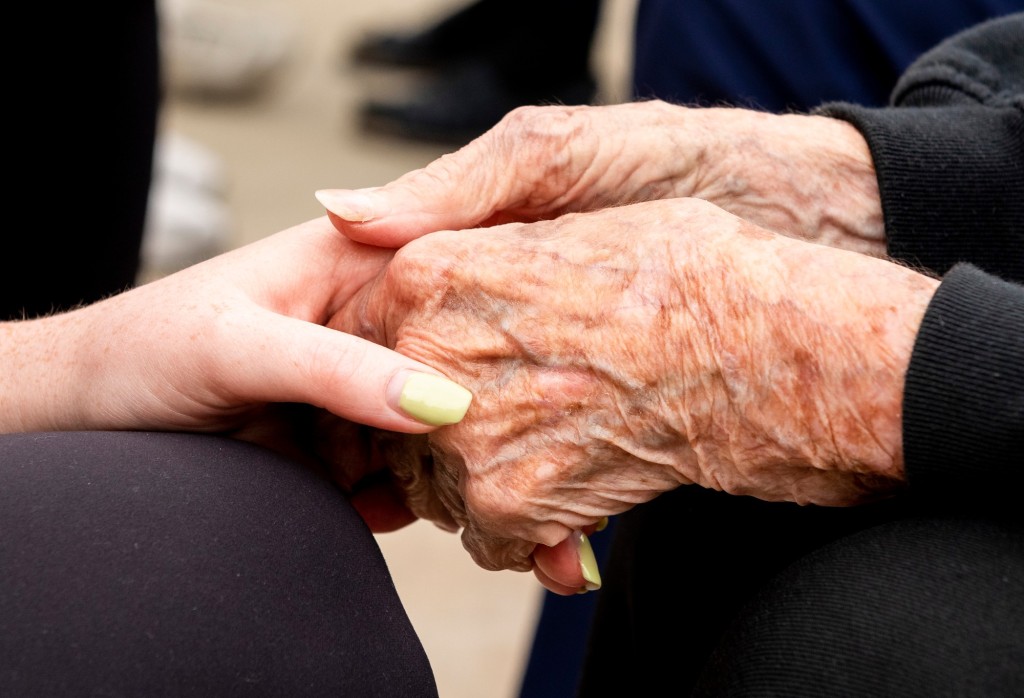By Dr. Andrew Le, guest columnist
Pickleball fever has hit Americans and there is no doubt it’s the fastest growing sport in the United States.
Many seniors have picked up on this sport and made it a part of their daily exercise regimen – which is great. It is important for seniors to continue staying active as they age, and pickleball is the perfect low-impact exercise.
But it’s important to note that in a 2021 study found in the National Library of Medicine, data showed pickleball could cost Americans, especially seniors, nearly $377 million in health care costs this year, accounting for 5-10% of total unexpected medical spending.
The study also showed that pickleball-related injuries occur most frequently in older adults. From 2010 to 2019, 86% of emergency department visits occurred in people at least 60 years old. Among pickleball injuries, 60% result from sprains, fractures or strains; 20% from contusions, abrasions or internal injuries; and fewer than 10% from lacerations and/or dislocations.
Common and complex pickleball injuries
Most injuries in seniors related to pickleball occur in the elbow, shoulder, leg and foot:
- Elbow injuries such as lateral epicondylitis, or tennis elbow, are typically the result of overuse injuries found in the muscles and tendons that can cause pain and swelling.
- Shoulder injuries may occur from improper technique, not stretching or over-exertion. Common shoulder injuries include tendinitis or bursitis but can range to more complex injuries, such as rotator cuff tears.
- Leg injuries tend to be strained muscles, ankle sprains and Achilles’ tendon injuries from running, jumping or lunging. This could be from several issues, such as dehydration, over-extension or pivoting/twisting motions.
- Foot injuries include blisters or plantar fasciitis, which can stem from improper footwear, or repetitive running, jumping or sliding motions — all common maneuvers in pickleball.
Most of these injuries can be treated in an…
Read the full article here







